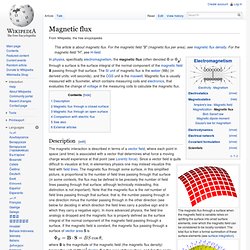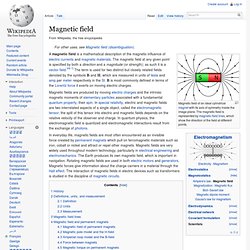

_______________ib_physics_data_booklet. Physicsdatabook. IB « Study Savers. For all subjects – new links will be posted up when/if we come across any that are relevant/useful.

Please leave a message if you can contribute. Also, this list is meant as a reference & not to be digested all in one go! Anthropology Social Anthropology Field Work Reports Anthropology Field Work Reports. Social Anthropology Syllabus Anthropology Syllabus. Revision Notes: IB Anthropology IB Anthropology Notes. IB Anthropology Notes Anthropology notes. Social & Cultural Anthropology Biology IB Biology – Nease High School Biology notes following the syllabus. ibscrewed.net resources HL Biology notes following the syllabus. Revision Notes: IB Chemistry IB Biology SL/HL Option Topics Notes. Magnetism. A magnetic quadrupole Magnetism is a class of physical phenomena that includes forces exerted by magnets on other magnets. It has its origin in electric currents and the fundamental magnetic moments of elementary particles. These give rise to a magnetic field that acts on other currents and moments. All materials are influenced to some extent by a magnetic field. The strongest effect is on permanent magnets, which have persistent magnetic moments caused by ferromagnetism.
The magnetic state (or phase) of a material depends on temperature (and other variables such as pressure and the applied magnetic field) so that a material may exhibit more than one form of magnetism depending on its temperature, etc. History[edit] In ancient China, the earliest literary reference to magnetism lies in a 4th-century BC book named after its author, The Master of Demon Valley (鬼谷子): "The lodestone makes iron come or it attracts it.
Magnetic flux. Description[edit] The magnetic flux through a surface when the magnetic field is variable relies on splitting the surface into small surface elements, over which the magnetic field can be considered to be locally constant.

The total flux is then a formal summation of these surface elements (see surface integration). Each point on a surface is associated with a direction, called the surface normal; the magnetic flux through a point is then the component of the magnetic field along this direction. The magnetic interaction is described in terms of a vector field, where each point in space (and time) is associated with a vector that determines what force a moving charge would experience at that point (see Lorentz force).
Electricity and Magnetism - Physics - EquationSheet.com. Electromagnetic induction. Electromagnetic induction is the production of a potential difference (voltage) across a conductor when it is exposed to a varying magnetic field.

It is described mathematically by Faraday's law of induction, named after Michael Faraday who is generally credited with the discovery of induction in 1831. History[edit] A diagram of Faraday's iron ring apparatus. Change in the magnetic flux of the left coil induces a current in the right coil.[1] Magnetic field. Magnetic field of an ideal cylindrical magnet with its axis of symmetry inside the image plane.

The magnetic field is represented by magnetic field lines, which show the direction of the field at different points. In everyday life, magnetic fields are most often encountered as an invisible force created by permanent magnets which pull on ferromagnetic materials such as iron, cobalt or nickel and attract or repel other magnets.
Magnetic fields are very widely used throughout modern technology, particularly in electrical engineering and electromechanics. The Earth produces its own magnetic field, which is important in navigation. Rotating magnetic fields are used in both electric motors and generators. History[edit] One of the first drawings of a magnetic field, by René Descartes, 1644. Three discoveries challenged this foundation of magnetism, though. Extending these experiments, Ampère published his own successful model of magnetism in 1825. Definitions, units, and measurement[edit] National High Magnetic Field Laboratory - Right and Left Hand Rules Tutorial.
Right and Left Hand Rules You’ll find two of the most useful tools for understanding electromagnetism right at the end of your arms.

These convenient appendages help us understand the interaction between electricity and magnetism via the Right Hand Rule and the Left Hand Rule. The Right Hand Rule, illustrated below, simply shows how a current-carrying wire generates a magnetic field. If you point your thumb in the direction of the current, as shown, and let your fingers assume a curved position, the magnetic field circling around those wires flows in the direction in which your four fingers point.